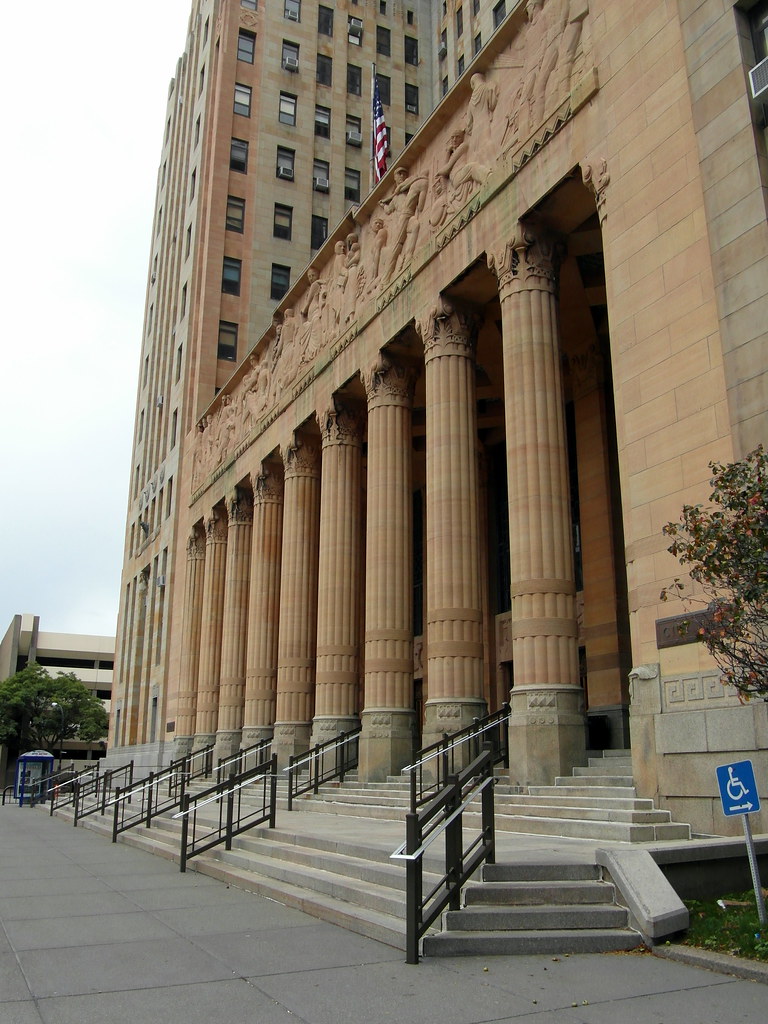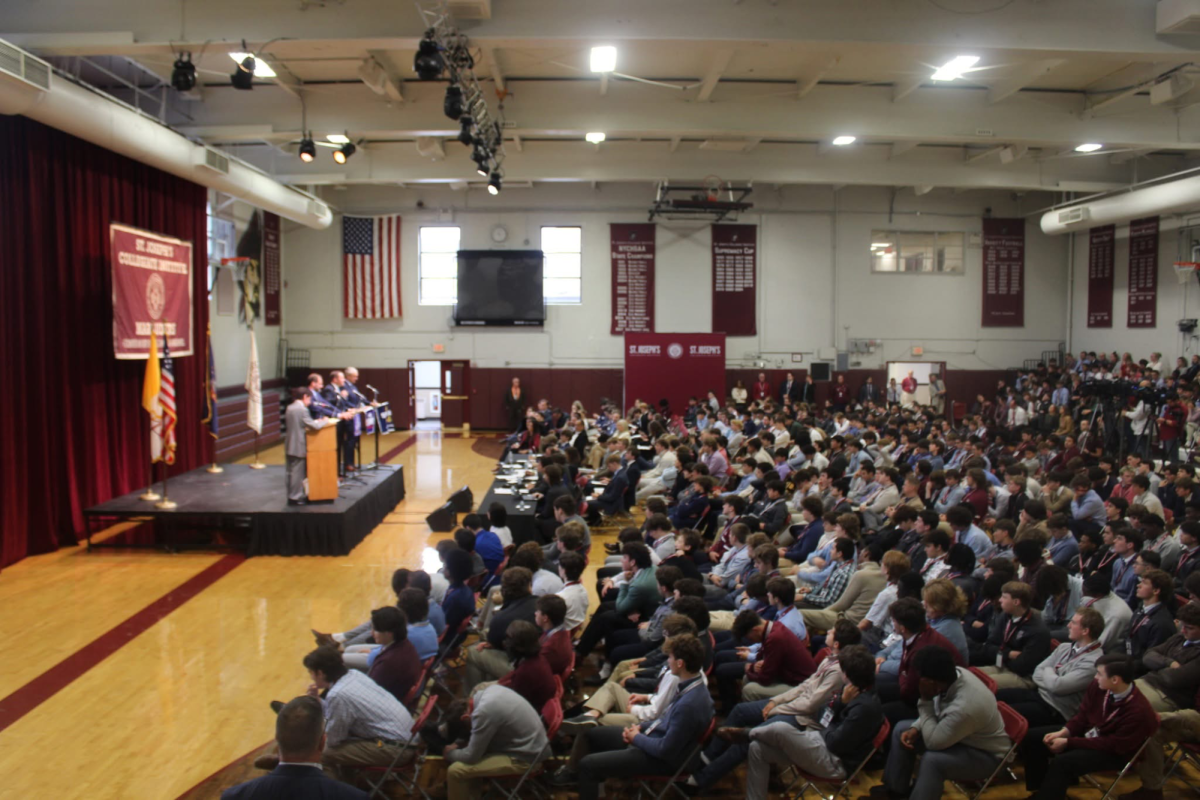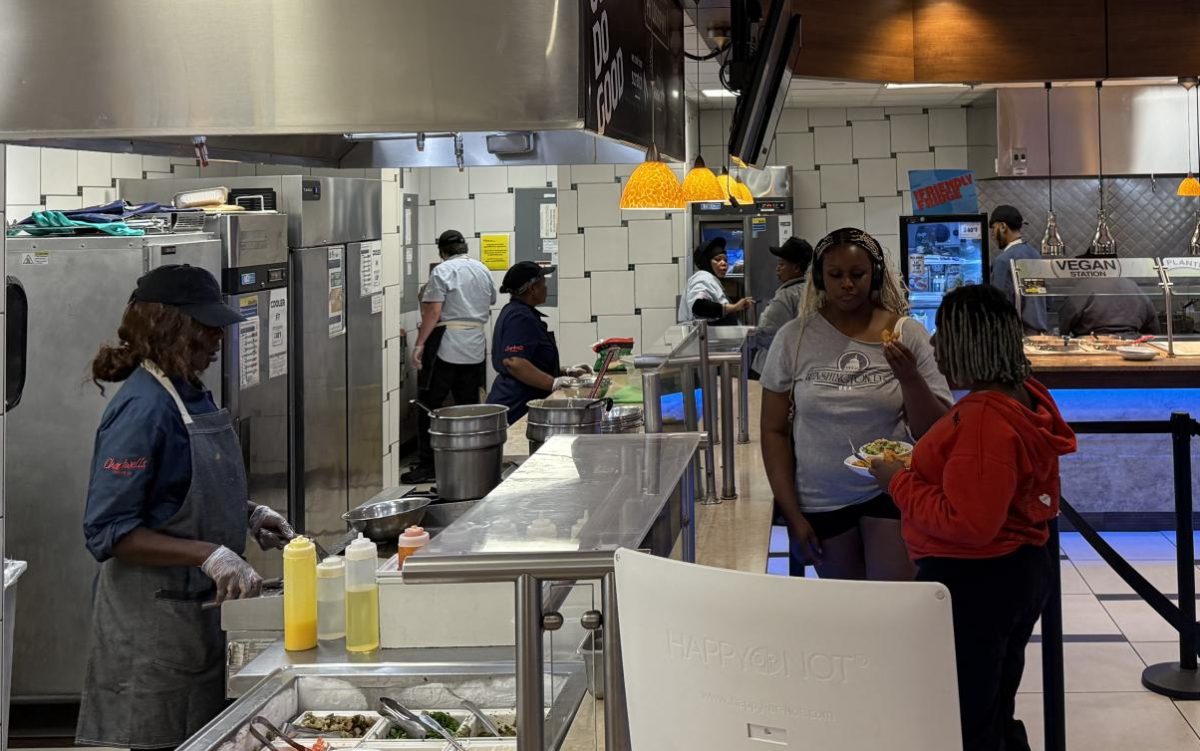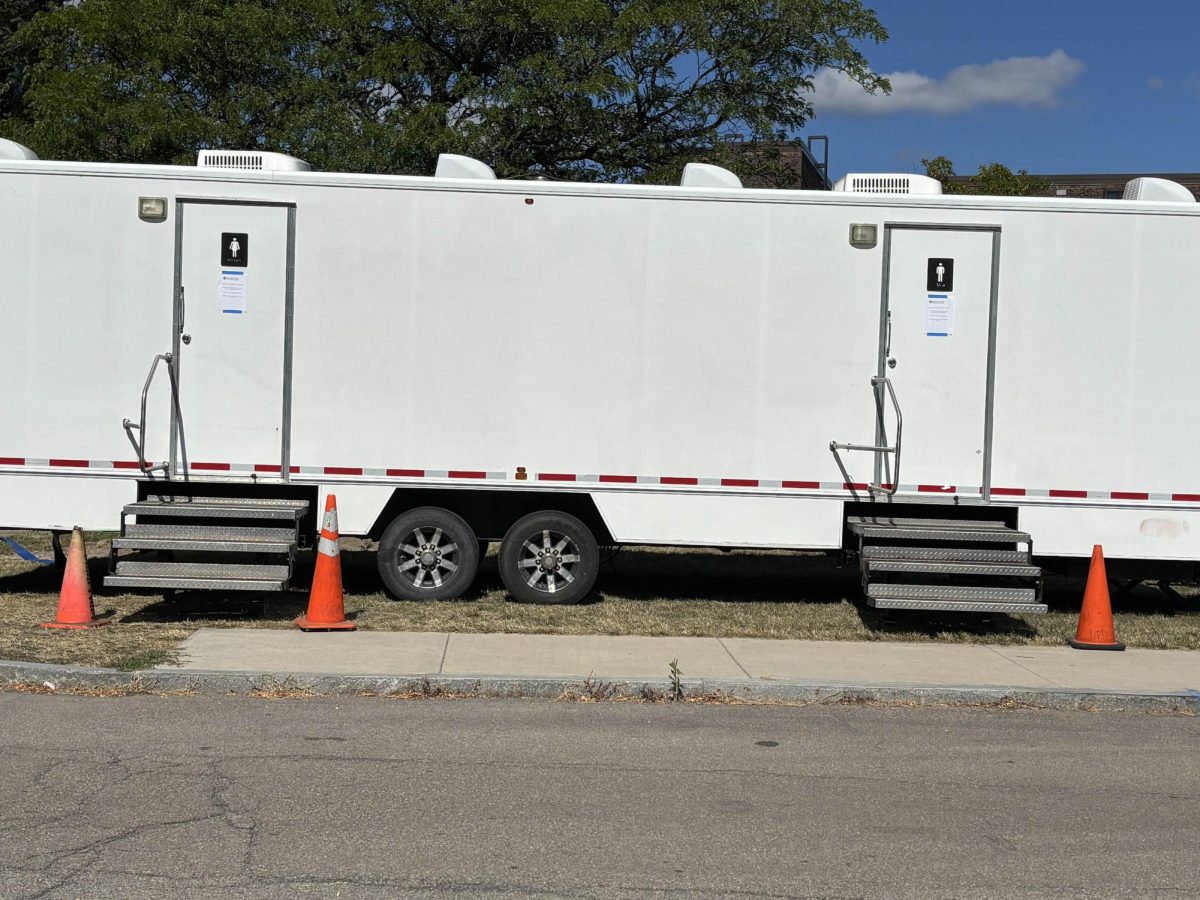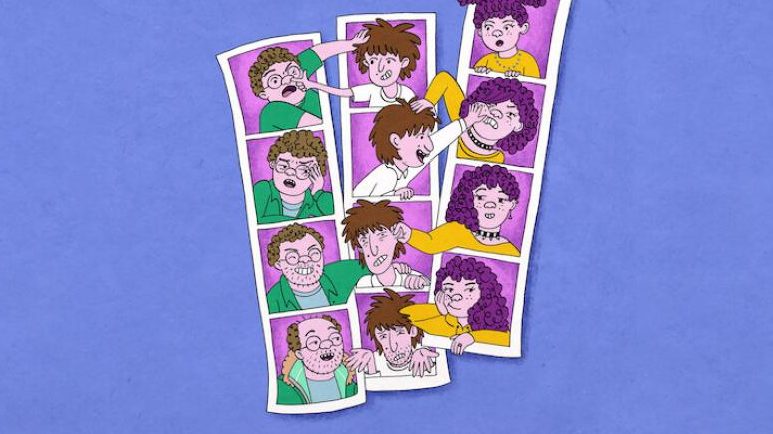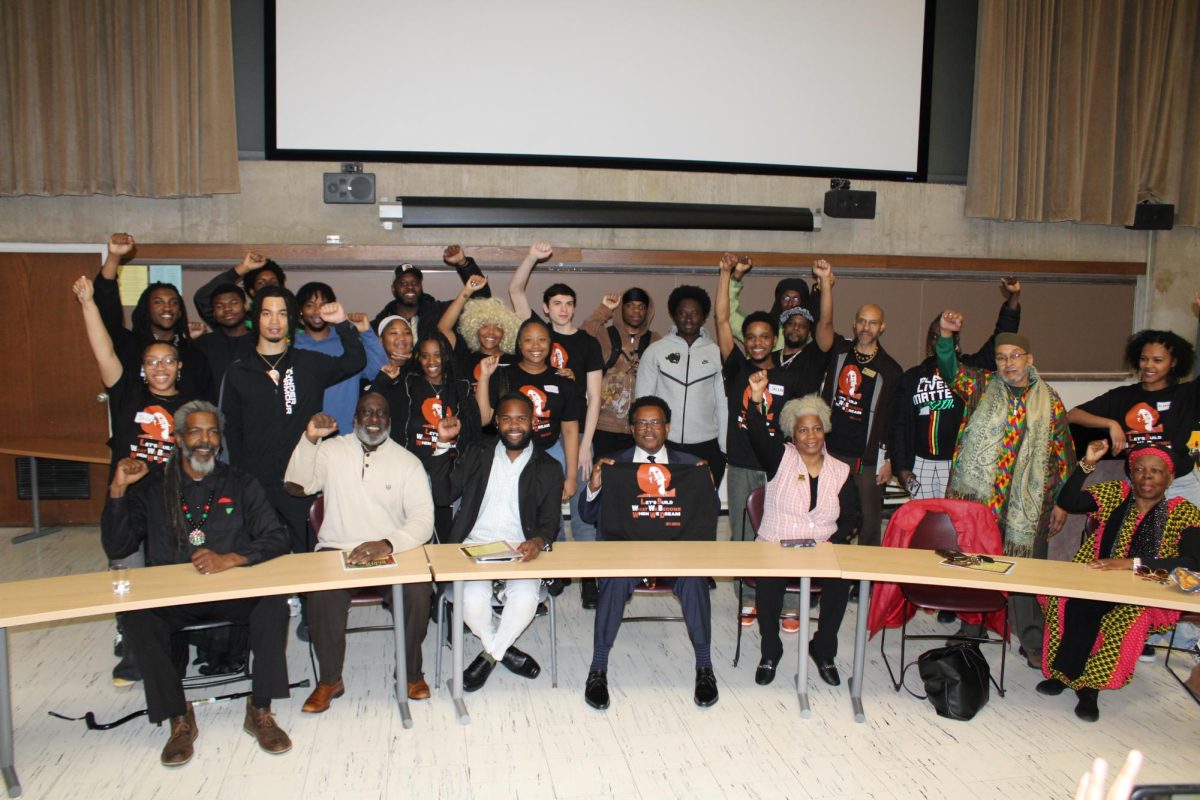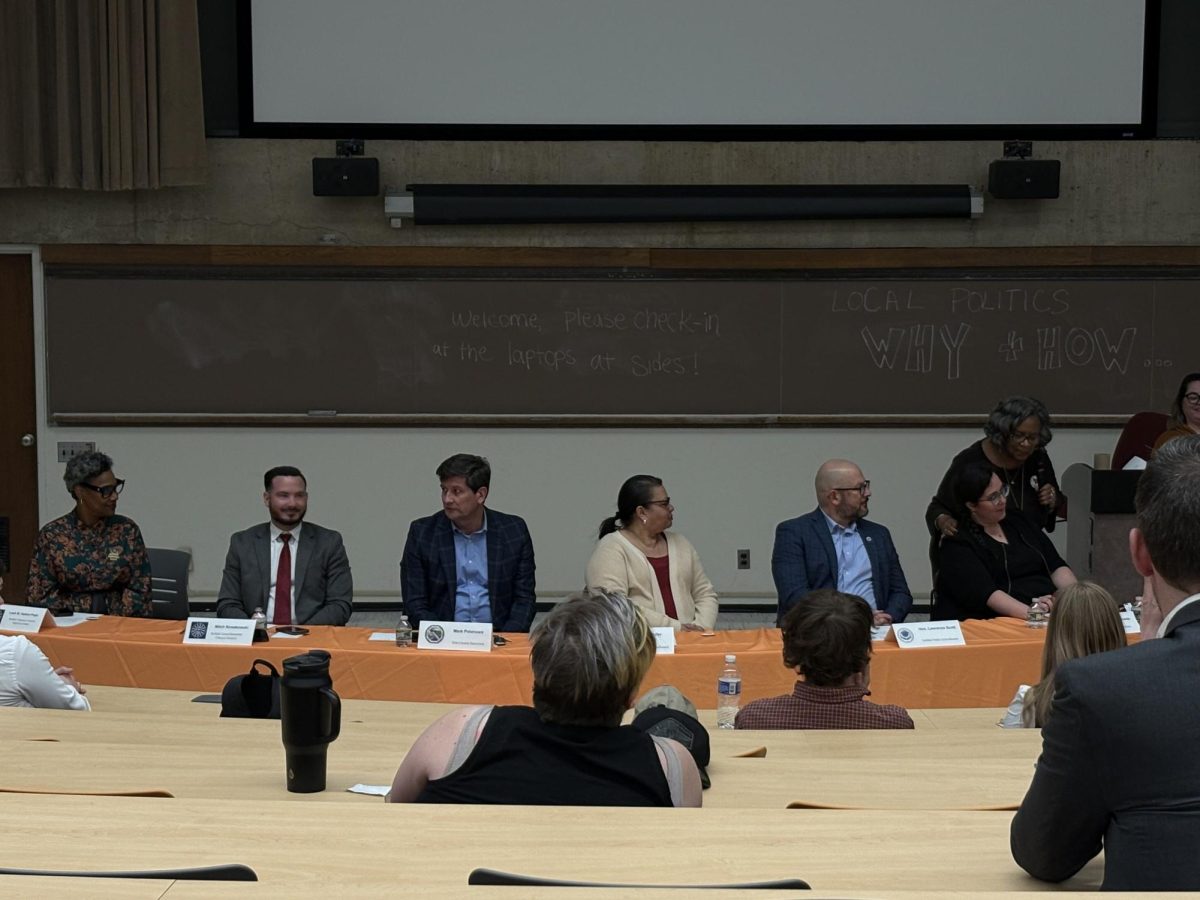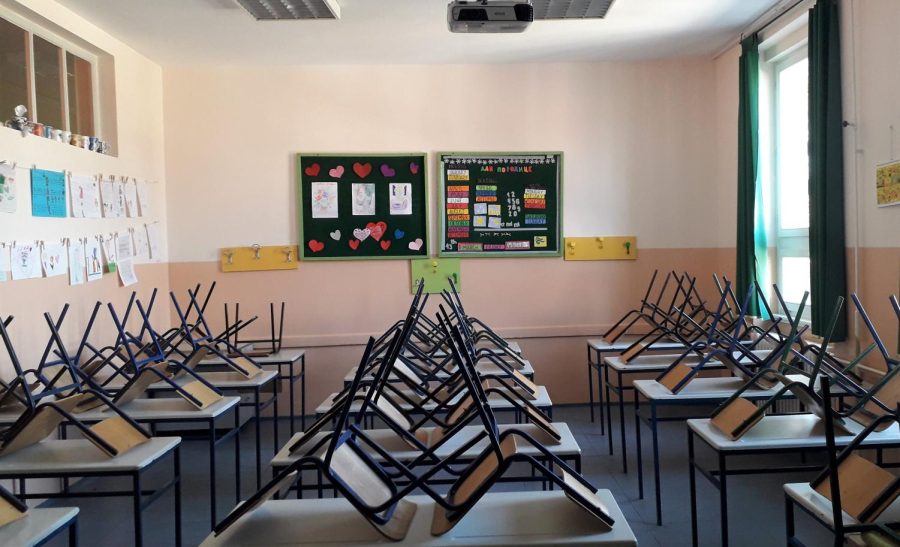At 12 a.m. on Oct. 1, the United States government shut down. Government shutdown occurs when Congress fails to pass all legislation that funds the following fiscal year’s federal government agencies.
Government fiscal years start on Oct. 1. In order to continue government funding for the next fiscal year, Congress needs to approve 12 bills (called the 12 Appropriation Bills) by Sept. 30.
Each bill represents a specific way the government spends money, and all the bills need to be approved at the end of every fiscal year. If all 12 bills are not passed by Sept. 30, the government must immediately stop all non-essential functions until this is resolved. This is written under the Anti-Deficiency Act. (Wessel)
People who are affected by a government shutdown can be separated into two categories: people who work for the government, and people who don’t.
Most people who work for the government have been put on leave without pay. It is unclear if these people are going to be laid off or are going to be able to return to work if the shutdown persists.
Workers who are deemed essential, such as Transportation Security Administration (TSA) employees and mail delivery people, are still required to work. However, most of these people are working without pay. If this shutdown continues like it did in 2018, when government workers went 35 days without pay, these people are going to start calling in sick to work or even quitting their jobs. (Hsu & Martinez)
People who do not work for the government can also potentially be affected by the shutdown if they receive any type of federal funding. For example, Social Security, Medicare, SNAP, and Veteran Services are unaffected during a government shutdown because there is no annual vote for these systems. This is all considered mandatory spending. The processes may just take a little longer to be approved for these things due to a lack of people working. (Valadao)
However, if you’re a college student receiving federal aid, you should know that almost all of the employees working with FAFSA have been placed on furlough, a mandatory unpaid leave of absence. This means there may be significant delays in processing, especially now that the FAFSA has just opened for the 2026-2027 school year.
This shutdown occurred because the Democrat Congressmen proposed one plan and the Republican Congressmen proposed another. Neither side was willing to bargain or submit to a compromise. The government will continue to be shut down until there is a solution proposed and agreed upon by Congress.
At this moment, it’s hard to tell the severity of the shutdown because that is ultimately based on how long it lasts. If the shutdown continues until Nov. 1, federal funding that comes in monthly may be affected because the processing is being delayed. A shutdown of a few days can come and go with virtually no problems, but the longer it lasts, the more problems come with it.
Reference List
Valadao: https://valadao.house.gov/services/government-shutdown-faq.htm
Hsu & Martínez: https://www.npr.org/2025/10/01/nx-s1-5558303/who-works-during-a-shutdown-and-who-doesnt-for-federal-employees-its-complicated


